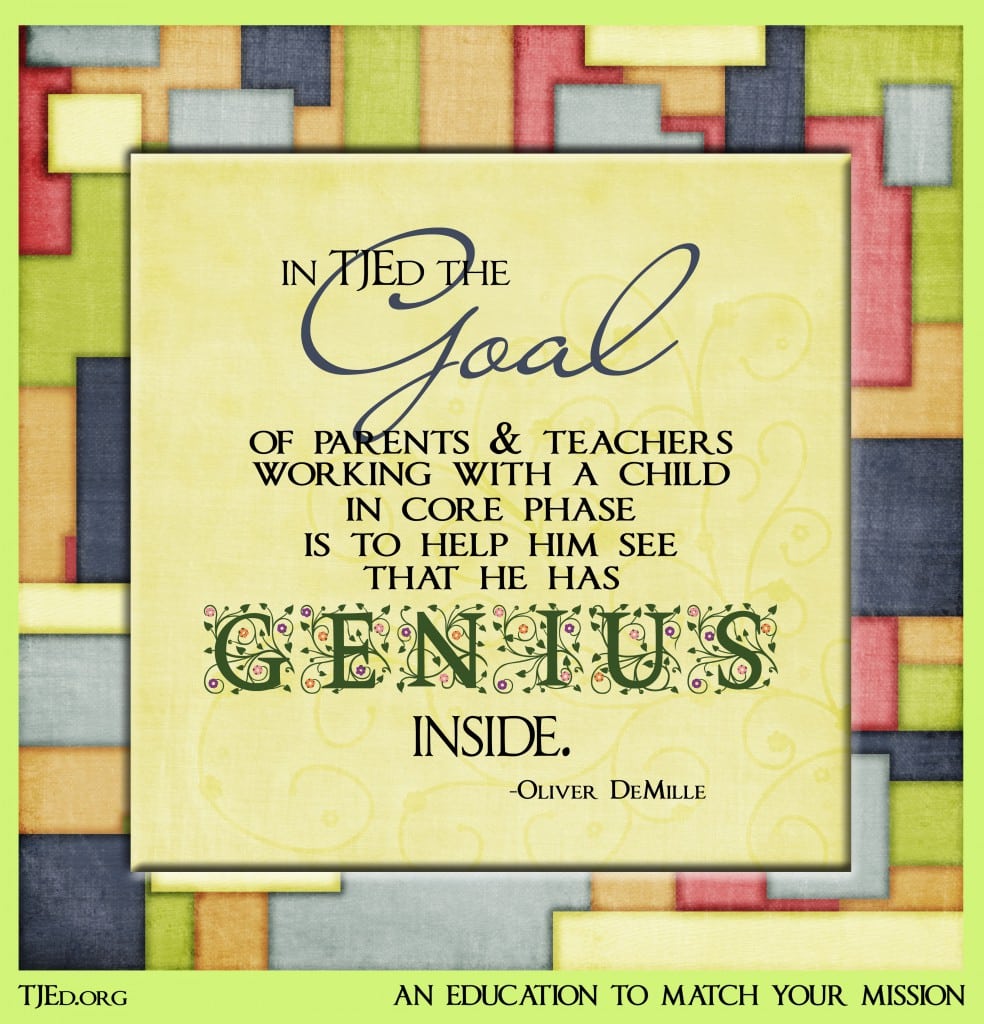 Hard Words
Hard Words
“Oh, no!” Emma said. “Another long quote from Lao Tzu. It’s so hard to understand. Are you sure you want to include this in your book?”
We were editing a manuscript for a book I am working on, and I often ask my daughter Emma to read aloud with me because she is extremely good at getting all the grammar and punctuation correct.
I wish I’d had the benefit of her talents when I started writing years ago—but of course she was very young at that point.
Anyway, I was surprised to hear her concern with Lao Tzu.
“Wait,” I responded. “I know you read the Bible, Shakespeare, Jane Austen and other older-language books, and you understand them without a hitch, so why is Lao Tzu hard for you?”
“I’m not sure. It just doesn’t make much sense. I find it tedious.”
I’d seen this before, but I was surprised to find that Emma had the same concern.
“Do you feel the same way about the writings of Dante?” I asked.
“Yes! Absolutely.”
“What about Milton?”
“Yes!”
“Sun Tzu?”
“Yes.”
Now I knew what the problem was. Like I said, I’ve seen this before, but I thought I had taught Emma how to get around this.
Begin With the End
“Have you read these books backward yet?” I asked.
“What?” She gave me a blank stare.
“Wow. I’ve never taught you to read backwards? In all my years mentoring you, this never came up?”
“Read backwards? What? Dad, what are you talking about?”
I guess I never taught her this vital technique.
“Well, have you ever heard the phrase, “Read it forward and backward?’”
“Of course,” she replied.
“Well, it actually works. Sadly, most people don’t know how to do it.” I laughed at the look on her face. “Seriously,” I said, “It really works.”
“How?”
“When you read a really hard book, maybe with a poetic bent, or written in a way that you can’t really understand exactly what the words mean—when it’s pretty right brain, with not much logic or just clear explanations—read it backwards.”
She looked at me skeptically. “You’re joking, right?”
I laughed again. “No. Not at all. This really works. Read it backward. The thing is, it works not just with poetic-style writings like Homer or Cervantes, or with Eastern right-brain verses like Confucius or the Rig Vedas, but it also works with deeply technical works like the U.S. Constitution or a proposed national budget by Paul Ryan. Or even a bill before Congress. Seriously, read it backward.”
She pulled up the Monroe Doctrine online and started reading it backward out loud.
“Stop!” I laughed. “Don’t read every word in reverse order. That is more confusing than reading it in order. Just read the last sentence, then the second to last sentence, then keep reading up the page—one sentence at a time.”
She started over, and this time I slowed her after each sentence and asked her questions about the meaning. Ten minutes later she said, “This really helps! I mean, I’m understanding it much better than before. Thanks, Dad!”
I smiled. “Use it any time something you are reading is hard to grasp. I don’t know why, but somehow it really helps. But don’t just read it backward; read it both forward and backward, as the old saying goes. First read it normally to see if you understand it, but as soon as it seems really hard to understand, flip to the end and read it backwards. Then, once you’ve finished a chapter or a few pages, re-read what you just read backward—but this time read it forward.
“It helps almost any difficult reading make a lot more sense.”
Try it! Next time you’re reading something that is very hard to grasp, read it forward and backward, then forward again. It makes a huge difference! This really works.
Oh, and don’t forget to teach those you mentor to do the same thing. After all, this is The Weekly Mentor, not The Weekly Reader!
****************
For more ideas on building an personal library of classics, and on how to engage your family in reading and discussion great works, download our Family Reading e-book.
































WOW! I have never heard of this. I am going to use that next time I get stuck in a book.
Thank you